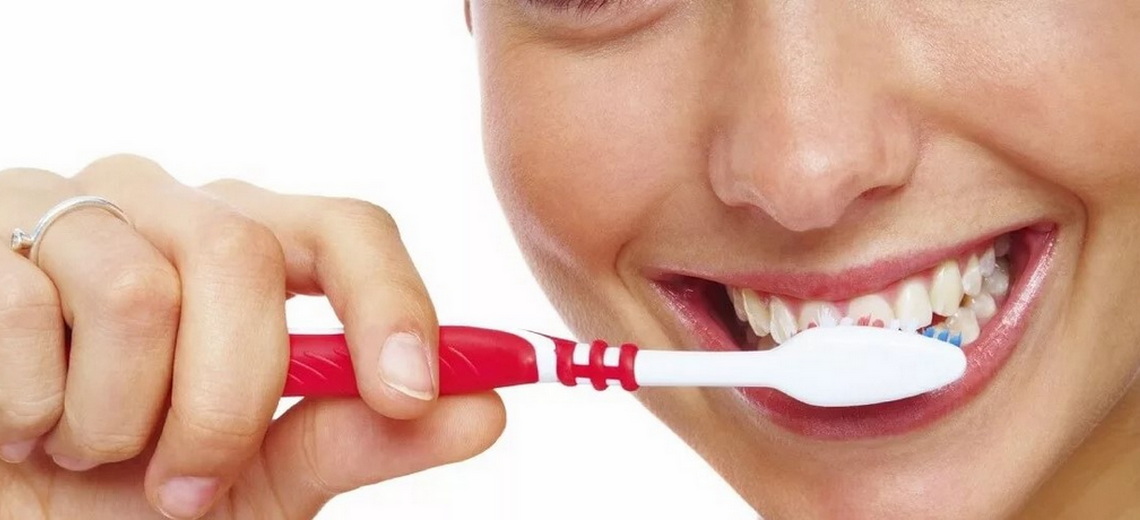
Oral diseases not only affect the condition of teeth and gums, but can also contribute to serious systemic disorders. To avoid serious pathologies that require long-term treatment, it is necessary to take a set of preventive measures.
There is no doubt that the effectiveness of preventive measures largely depends on the patient’s interest, since proper care should be carried out both at the dental appointment and at home.
Prevention of dental diseases – what is it?
The word “prevention” means a set of measures aimed at preventing diseases and eliminating risk factors. One type of disease prevention is dental prophylaxis, which prevents the occurrence of caries, periodontal disease and other oral diseases. Of particular importance is the introduction of the principles of proper oral care to children, which they will apply in later life. This will significantly reduce the incidence of dental diseases in the future. It is best to consult a specialist on the principles and methods of preventive measures, who will determine them depending on the individual needs of each patient.
Prevention of oral diseases includes the following elements:
- dental examination;
- oral hygiene instruction;
- fissure sealing;
- fluoridation of teeth;
- polishing teeth;
- removal of dental plaque.
Dental examination
An oral examination by a dentist is required every 6 months. Only a dentist can accurately determine the condition of your oral cavity. Based on the examination, he selects appropriate methods of prevention, regulates their frequency in accordance with the individual health needs of the patient, provides training in proper oral hygiene, helps select products for daily hygiene, which will preserve the health of the teeth and periodontium, and will also have a positive effect on the general condition of the body. .
Daily oral hygiene
Another important element of dental prevention is daily oral hygiene. You should brush your teeth at least twice a day and rinse your mouth with water after each meal. You should thoroughly brush each tooth using sweeping movements. An important role is played by a properly selected toothbrush and toothpaste, which are also selected based on the individual needs of the patient. You should also remember to clean the spaces between your teeth using dental floss and interdental brushes. Without them, it is impossible to clean hard-to-reach places that cannot be reached with a regular toothbrush. Additionally, it is necessary to clean your tongue with a scraper, use sugar-free chewing gum, and provide your body with nutrients high in calcium and fluoride, which have a beneficial effect on the skeletal system and teeth.
Sealing
Fissure sealing is a procedure used in dentistry to protect and prevent the development of caries in the deep grooves and fissures of children’s teeth. To do this, a special sealing material (sealant) is used, which is applied to the surface of the tooth, filling the grooves and fissures, thereby creating a barrier to food entry. This method of prevention is especially applicable to permanent molars and premolars.
Fluoridation
This is a procedure that involves coating the surface of the tooth with a specialized varnish that releases fluoride. Thus, they become stronger and the risk of caries and dental hypersensitivity is reduced.
Polishing
Teeth polishing is one of the types of professional oral hygiene; as a result of removing soft plaque, the surface of the teeth becomes smoother, which means better cleaning and envelopment with saliva (which also has a beneficial effect on oral health). Teeth polishing is carried out using special tools and pastes, which are available only in the dentist’s office.
Removal of dental plaque
The most common methods are ultrasonic cleaning and air flow teeth cleaning.
Ultrasonic cleaning is a method that involves removing plaque from the surface of teeth using ultrasound, which destroys tartar. Ultrasonic cleaning helps prevent periodontal disease and eliminates bad breath caused by bacteria in dental plaque.
Air flow (or powder jet removal) is a method that involves the use of an aerosol and a special abrasive substance. This is done using a special sandblasting machine. This device releases a mixture of air, water and abrasive particles under pressure.
It is also possible to combine different cleaning methods. This decision is made by the doctor based on the individual needs of the patient and the clinical picture.
Preventing dental diseases helps maintain oral health and the aesthetic appearance of teeth. Thanks to the prevention of dental diseases:
- prevents the development of caries;
- excessive plaque deposits are prevented;
- reduces the risk of developing periodontal diseases;
- prevents tooth discoloration and demineralization of enamel;
- tooth loss is prevented.
In addition, some of the above preventive procedures are performed as preparation for further dental treatment (including orthodontic, orthopedic or surgical treatment).
Kazak Andrey Aleksandrovich,orthopedic dentist at the Brest Regional Dental Clinic.








